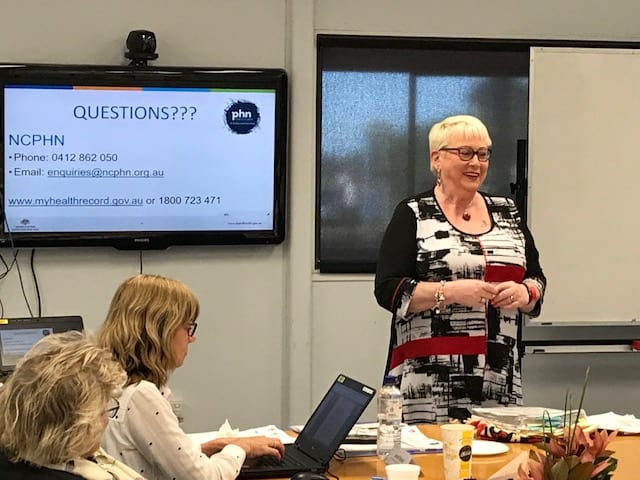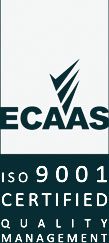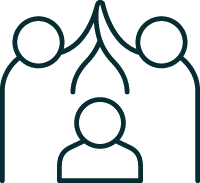Raewyne Watson, 64, knows that making decisions about healthcare should never be taken lightly. The decision to get a My Health Record or opt out is no different. Making sure you have all the accurate information about your My Health Record is important.
Raewyne is now living in Port Macquarie after moving from Sydney three years ago to retire. She registered for a My Health Record in 2012.
“I travel overseas quite a bit, so having my medical history on My Health Record helps with keeping track of vaccinations that I’ve had,” Raewyne said. “My doctor can look in My Health Record and lets me know when I need to get the booster vaccinations.”
With over 5.9 million Australians already using the online summary of health information over the last six years, there are already a lot of people discovering the benefits of having a My Health Record.
My Health Record is a safe and secure system which has strong protections, including:
- Strong encryptions
- Firewalls
- Secure authentication logins
- Audit logs to protect your health information
It is the policy of the Australian Digital Health Agency, the system operator, to not provide access to your My Health Record to the police without a court order. This will soon be included in the My Health Record legislation. There are severe penalties in place should there be any unauthorised access of a My Health Record – this includes steep fines for the individual and organisation, and up to two years imprisonment.
My Health Record puts you at the centre of your care. Not only are you able to securely see a snapshot of your health information, but you can:
- Monitor and restrict access to your whole record or certain parts of it.
- Put access codes on your entire record so that only trusted healthcare providers who you give the code to can access your record.
- Place access codes on specific documents, so that only trusted healthcare providers who you give the code to can access those documents.
- Set up SMS and email notifications so that you are alerted each time a new provider accesses your record, including in an emergency.
 Raewyne recently spoke with the Hastings Macleay Community Reference Group (joint advisory group for North Coast Primary Health Network and the Mid North Coast Local Health Dsitrict). She believes that one of the biggest benefits of having a My Health Record is the peace of mind it provides her.
Raewyne recently spoke with the Hastings Macleay Community Reference Group (joint advisory group for North Coast Primary Health Network and the Mid North Coast Local Health Dsitrict). She believes that one of the biggest benefits of having a My Health Record is the peace of mind it provides her.
“When I travel to Sydney, if I have an accident the doctor will be able to access my up-to-date health information. I am a diabetic and it is great that my medicine history is in there. If they have to give me medication, I know they will know what is safe to give me that will not react to what I’m already taking.”
Raewyne also spoke about how she has added in her own personal health notes to her My Health Record and regularly has her doctor update her shared health summary.
When you first access your My Health Record, you will not see much information in there. This is because your previous medical history, such as older tests and scan reports, will not be automatically uploaded to your My Health Record. Two years’ worth of MBS and PBS data will be added to your record automatically, but you can choose to remove this data if you wish to. You can ask your doctor to add a shared health summary to summarise your medical history, or add your own personal health summary as Raewyne did.
Click here for answers to FAQs about My Health Record.
Call 1800 723 471 to speak to the My Health Record Helpline.
If you would like to share your My Health Record story, contact North Coast Primary Health Network on (02) 6618 5436, email [email protected] or visit: https://lets-talk.hnc.org.au/my-health-record



